Compensating Accidents With Wrong-Way Drivers in California
While all drivers in California are required to drive on the right side of the road, not all of them heed this regulation—some drivers somehow end up driving on the wrong side of the highway or interstate, against the regular traffic flow.
Wrong-way drivers can cause devastating head-on collision injuries and even fatalities. A recent study found that wrong-way accidents account for approximately 48 deaths in California annually.
If you lost a loved one or you or a loved one sustained injuries in a wrong-way crash, the experienced car accident injury attorneys at LA Century Law can help you pursue justice. Our skilled lawyers will help you navigate the complex legal process and fight for the maximum compensation possible. Contact our car accident lawyers today.
What Are Common Causes of Wrong-Way Accidents?
Wrong-way accidents are caused by a number of factors, including driver mistakes and drunk driving. Here is a closer look at the common cause of wrong-way accidents in California:
Driving under the influence of drugs
Many wrong-way crashes in California involve drivers intoxicated with alcohol or drugs. These substances usually significantly impact a driver’s ability to operate their vehicle, leading to them driving the wrong way.
Driving while distracted
It’s common for drivers to fail to pay attention to the road because they are browsing, texting, or talking on their phones. When drivers lose focus on the road, they may drive the wrong way or merge into traffic, causing an accident.
Poor visibility
Missing road signs, poorly marked road signs, and inadequate lighting can all cause a driver to enter the wrong lane. When this happens, the drivers can easily cause a head-on collision accident, especially during the night.
Driving on an unfamiliar road
Drivers unfamiliar with a road may not know how to navigate the direction in traffic alleys or traffic circles on the road. These drivers can cause wrong-way collisions when attempting maneuvers such as an illegal U-turn.
Other causes of wrong-way accidents include reckless driving, driving while emotionally distressed, memory loss, and partial blindness.
Regardless of what caused the accident, you remember that you have the right to hold the at-fault party for the injury and damages they caused you by driving the wrong way. A California car accident injury attorney can help you pursue legal action following a wrong-way accident.
Common Injuries in Wrong-Way Accidents
Most wrong-way driving crashes are head-on collisions which tend to result in fatalities.
Other non-fatal injuries sustained by the victims are usually devastating and may require rehabilitative treatment and surgery. The common injuries in wrong-way accidents include head injuries, broken bones, whiplash, back and chest injuries, brain injuries, and even paralysis.
What To Do When You Encounter a Wrong-Way Driver
However tempting it may be to try helping a motorist understand they’re on the wrong side of the road, your first priority should be to get out of the way.
Ensure that no vehicle is close to you, and then navigate to the right shoulder of the road while reducing your speed. If possible, find a safe place to park your car. Then, dial 911 to report the wrong-way driver.
Depending on what your situation is, here are a few tips to keep in mind:
- Don’t execute unsafe driving maneuvers such as slamming the brakes or veering in another lane in an attempt to avoid or escape the wrong-way driver.
- If possible, honk your horn and flash your headlights to get the driver’s attention. However, you can only take that measure if it’s safe.
What Cases or Damages Are Possible Against Wrong-Way Drivers
If you or your loved one sustained injuries and property damage in a wrong-way driving accident, you could file a personal injury claim against the at fault-party. On the other hand, if you lost a loved one in the accident, you could file a wrongful death lawsuit.
To increase the chances of your lawsuit becoming successful, you need a skilled attorney on your side. A car accident attorney will help you gather evidence to strengthen your case and will fight for you so that you can get the maximum compensation you deserve.
Some of the damages you may be entitled to include:
- Payment for medical bills and rehabilitation expenses
- Payment for funeral expenses, if the accident resulted in a death
- Compensation for lost wages
- Compensation for damage to your car
- Payment for pain and suffering and emotional anguish
Request a Free Consultation for Your Wrong-Way Accident Case in California
If you were a victim of a wrong-way driving accident caused by someone else’s negligence, don’t wait. Call a car accident attorney today to discuss your case and determine your legal options. At LA Century Law, we will fight for you and help you get the compensation you deserve.
Wrong-Way Driving Accidents FAQs
How long do you have to file a claim following a wrong-way driving accident in California?
The statute of limitation for filing a personal injury or wrongful death lawsuit connected to a wrong-way driving accident in California is two years. The two-year limit begins the day the accident happened.
What is the average payout in personal injury and wrongful death claims following a wrong-way accident in California?
There isn’t a one-size-fits-all payout for these lawsuits. The compensation you may be entitled to will depend on your circumstances and the facts of your case.
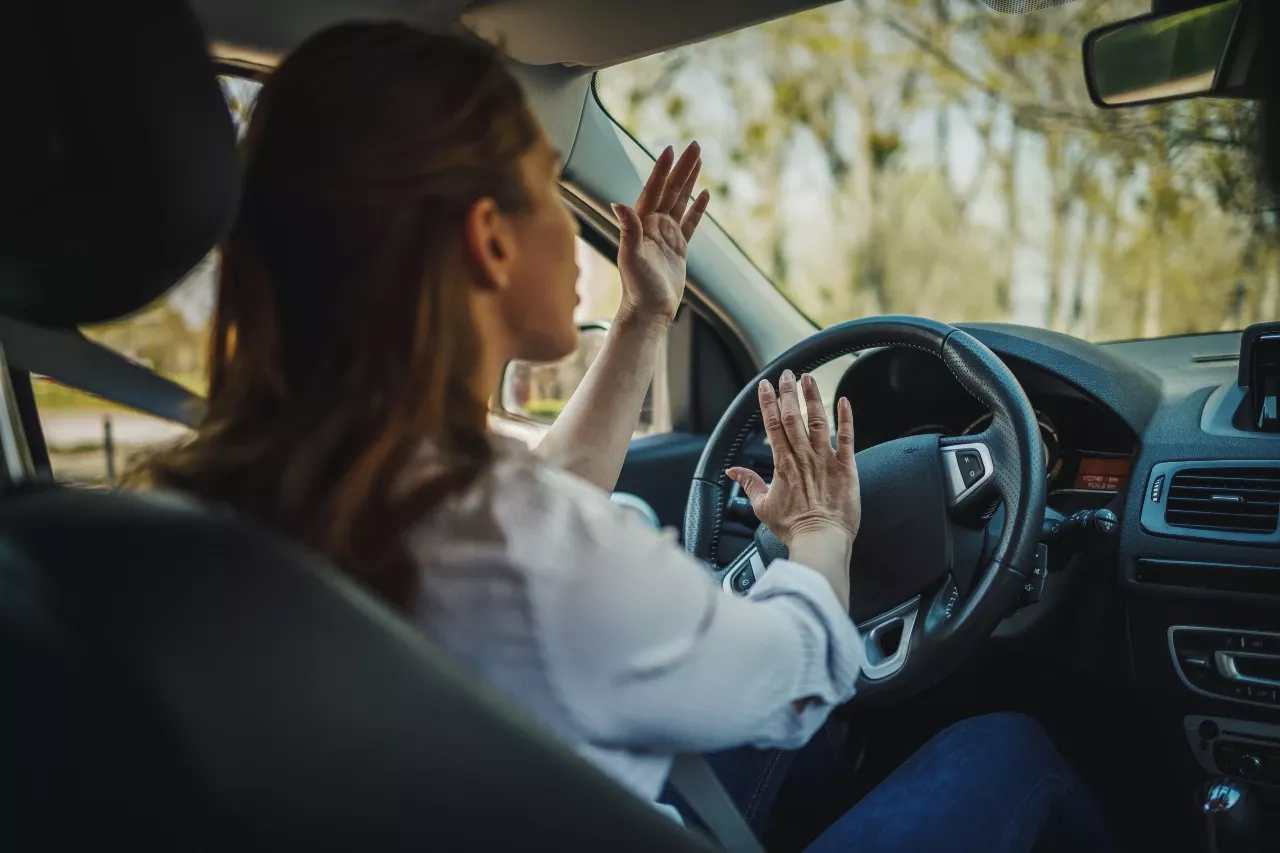
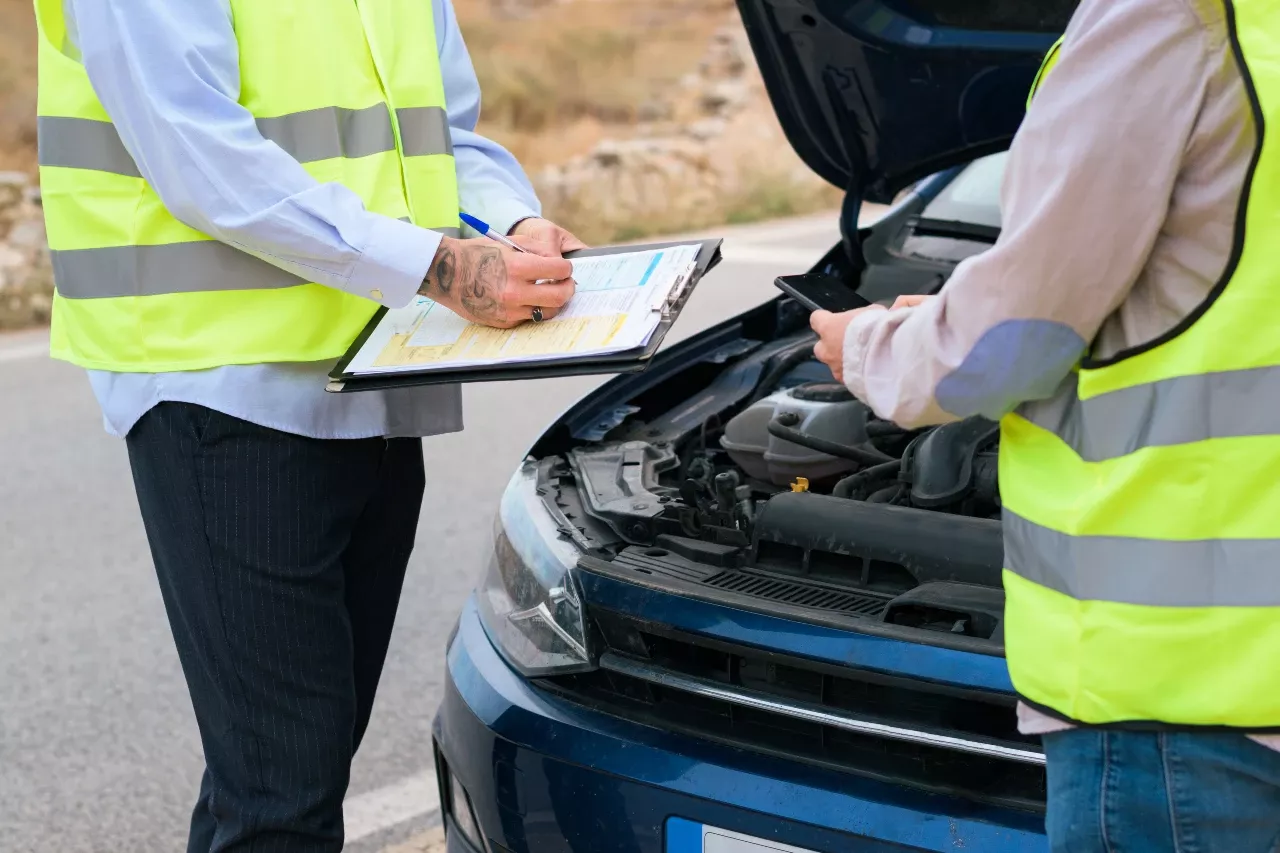
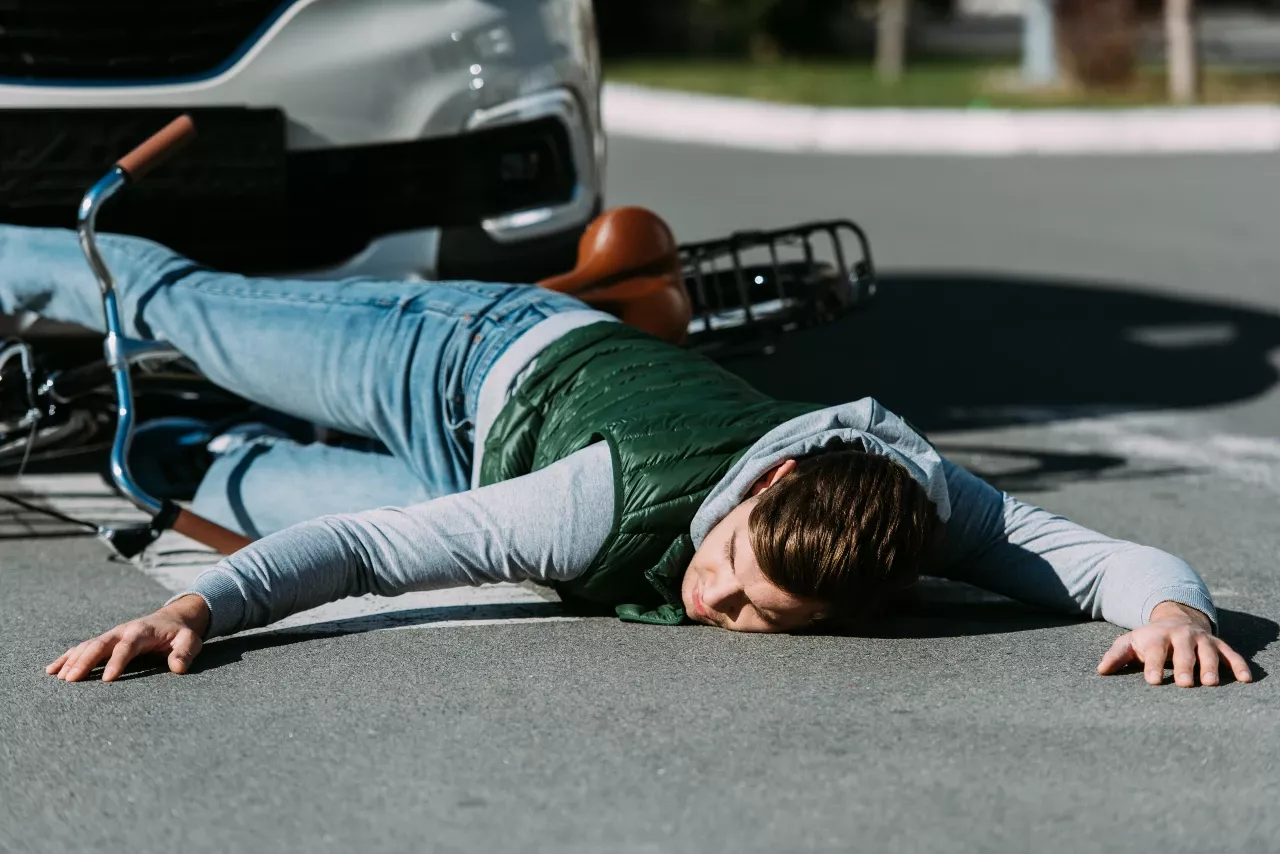

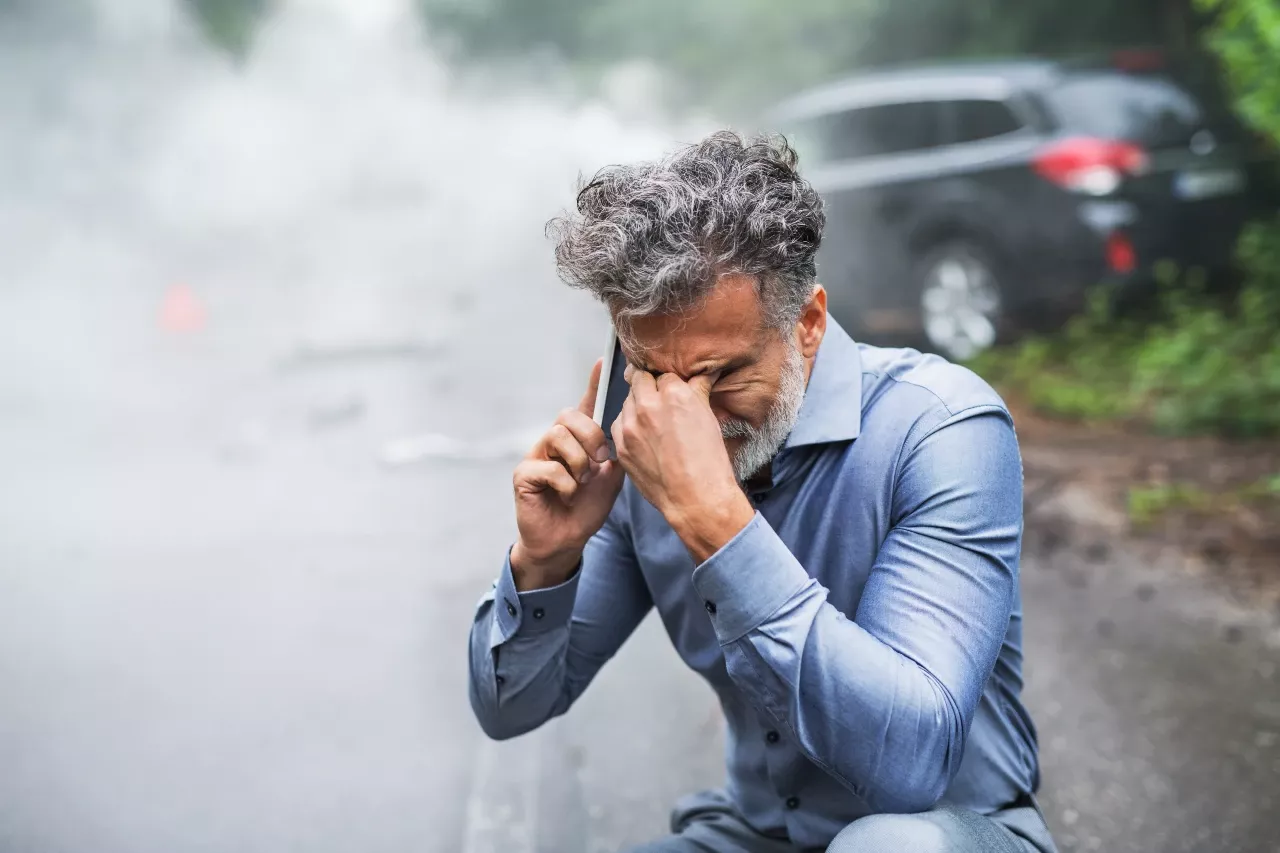
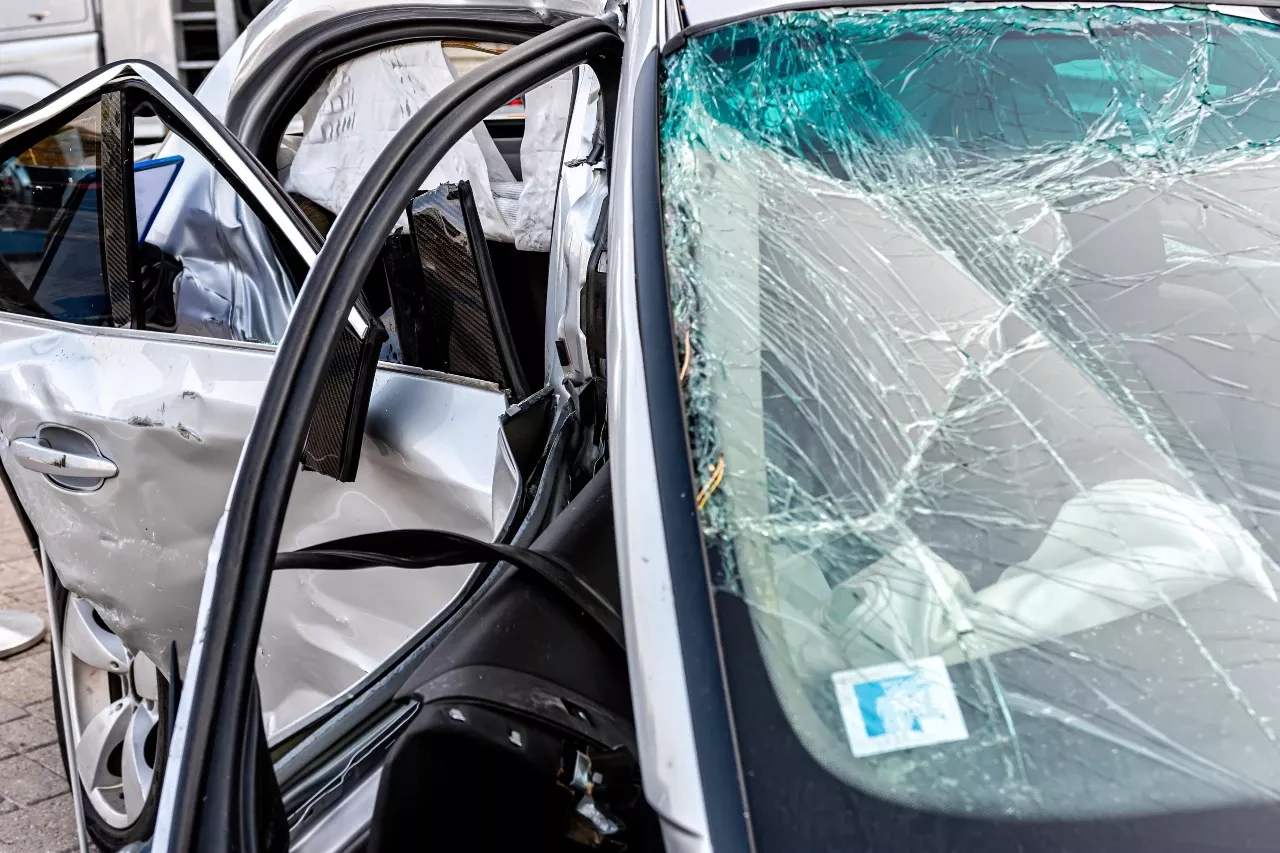

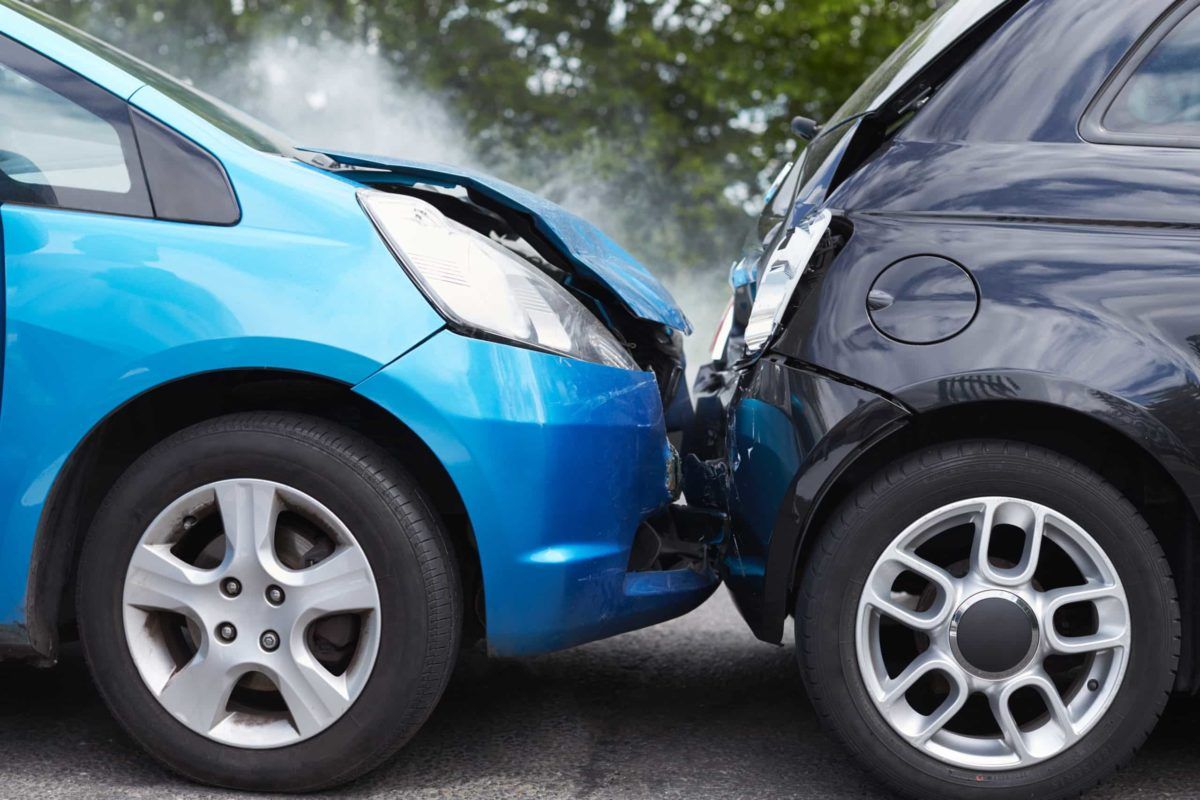
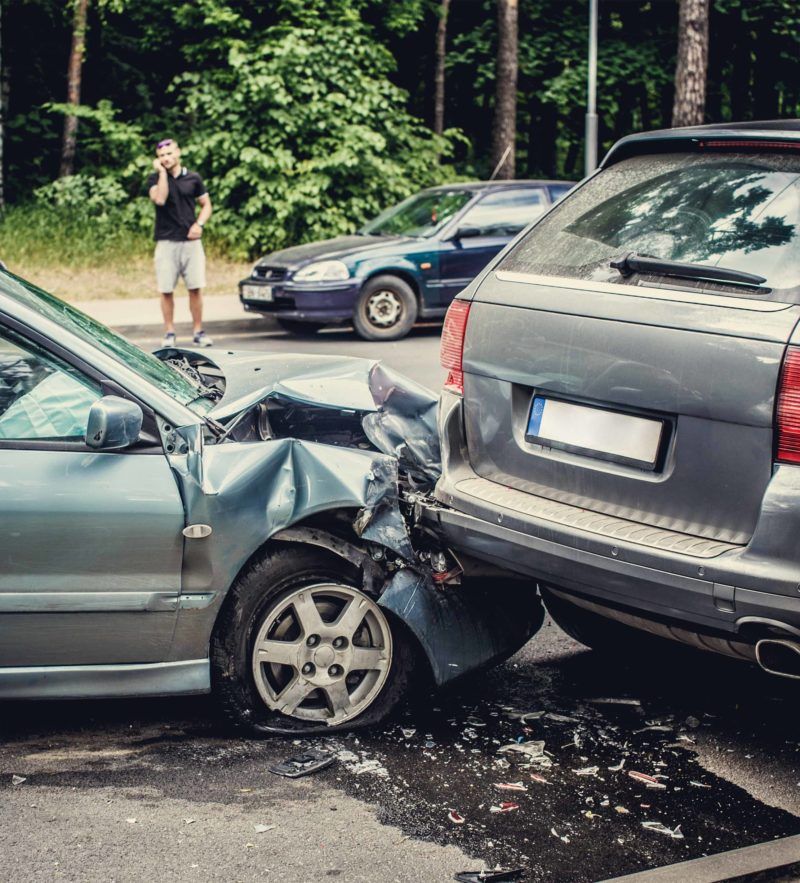
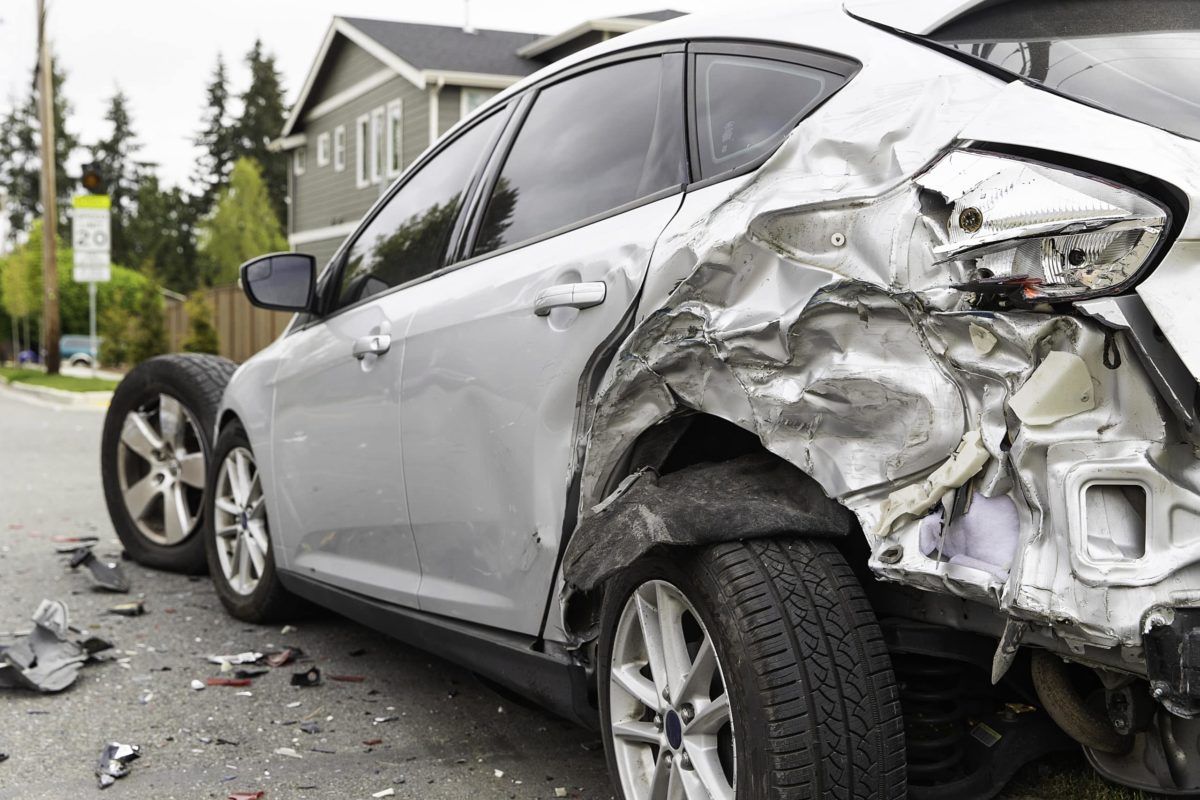
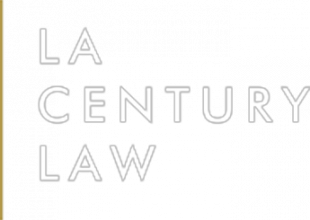
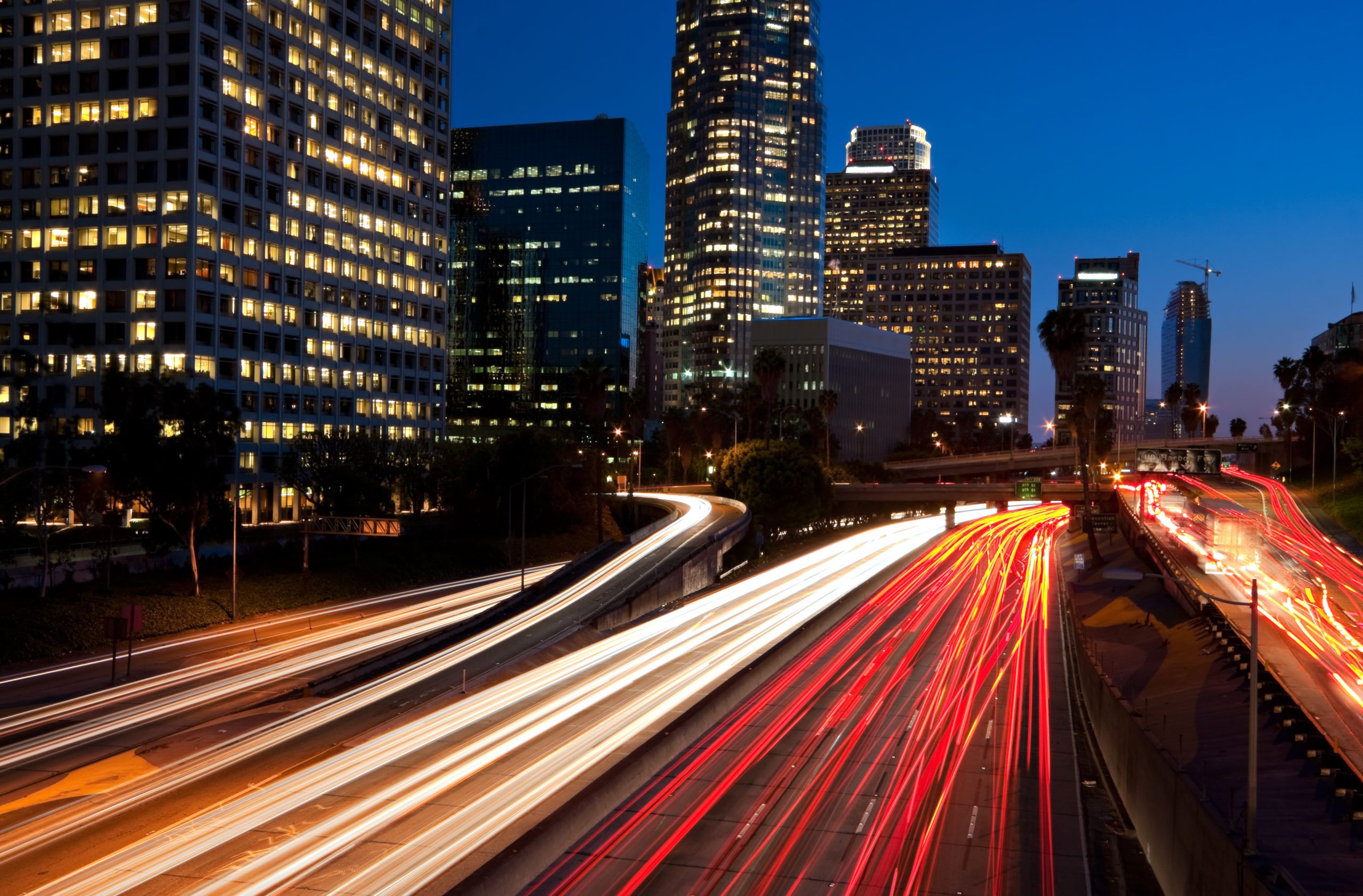
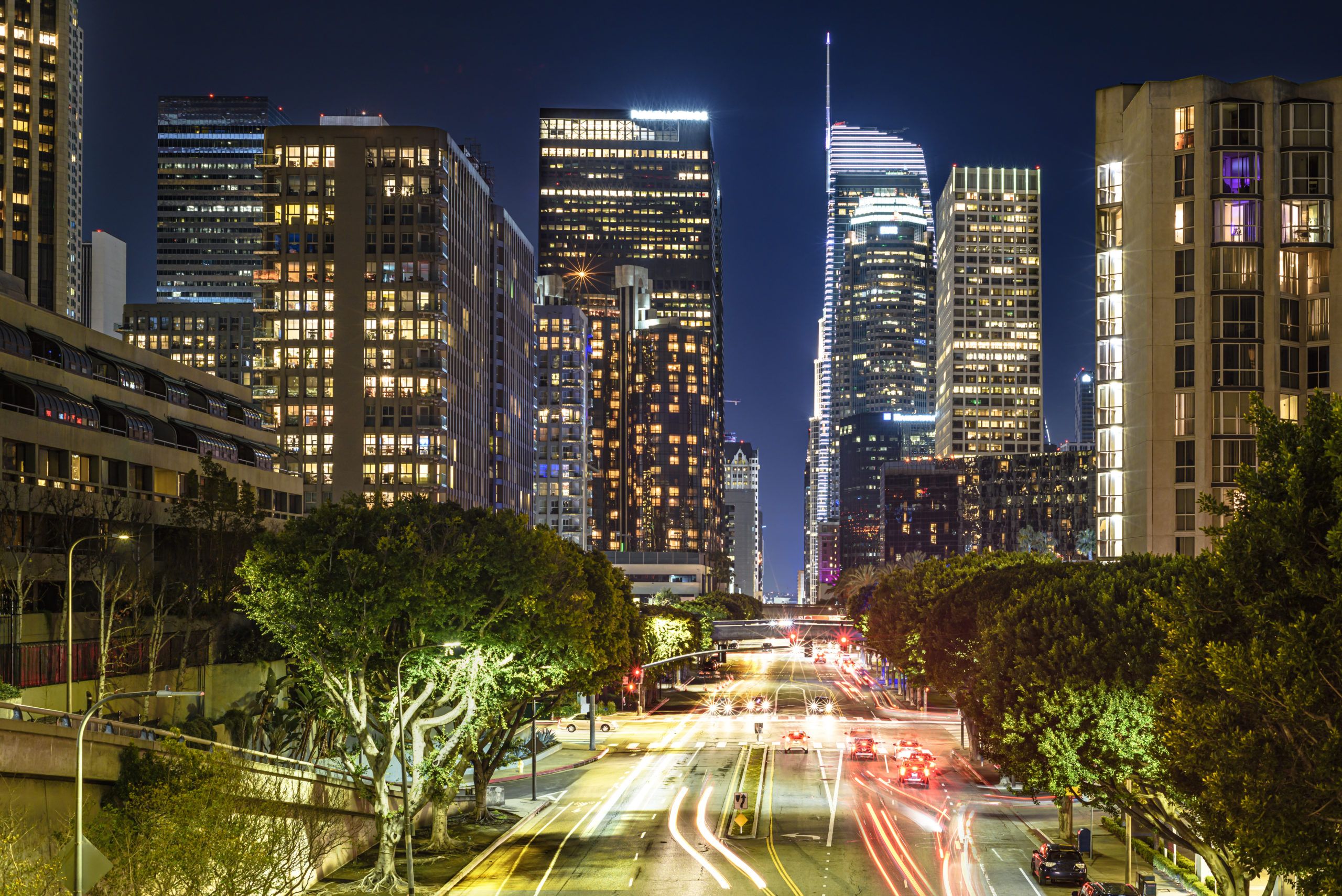


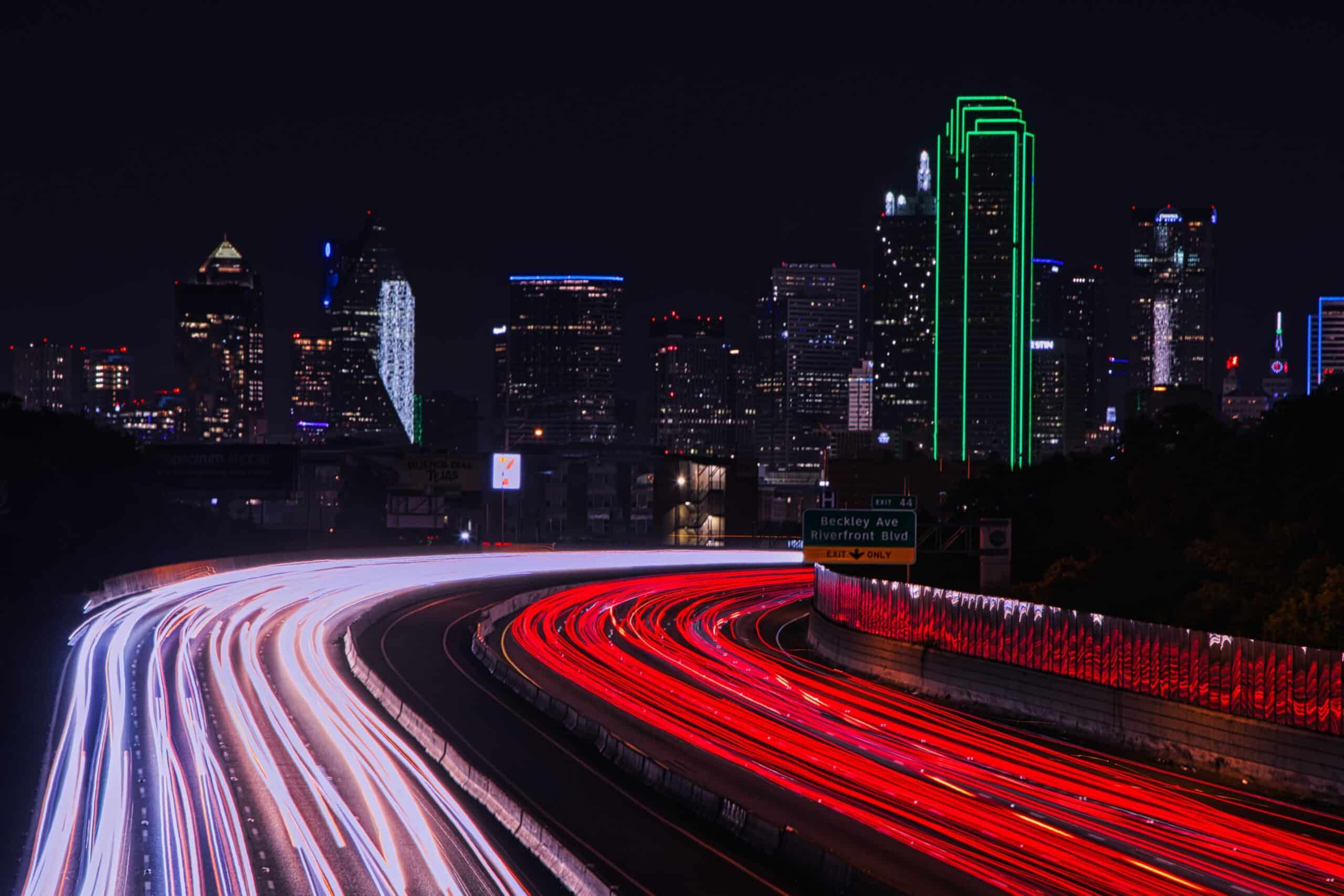
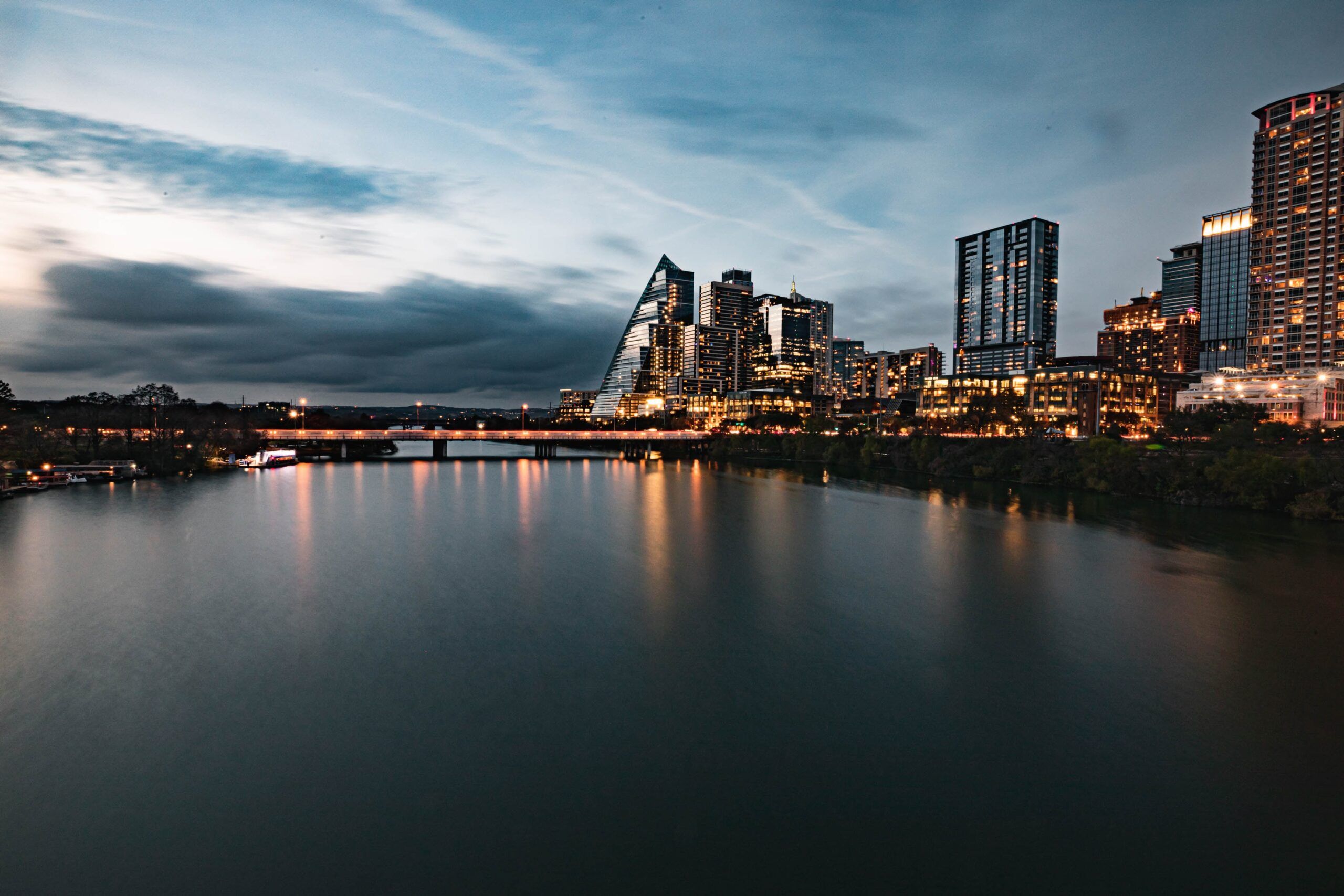

 Available 24/7
Available 24/7